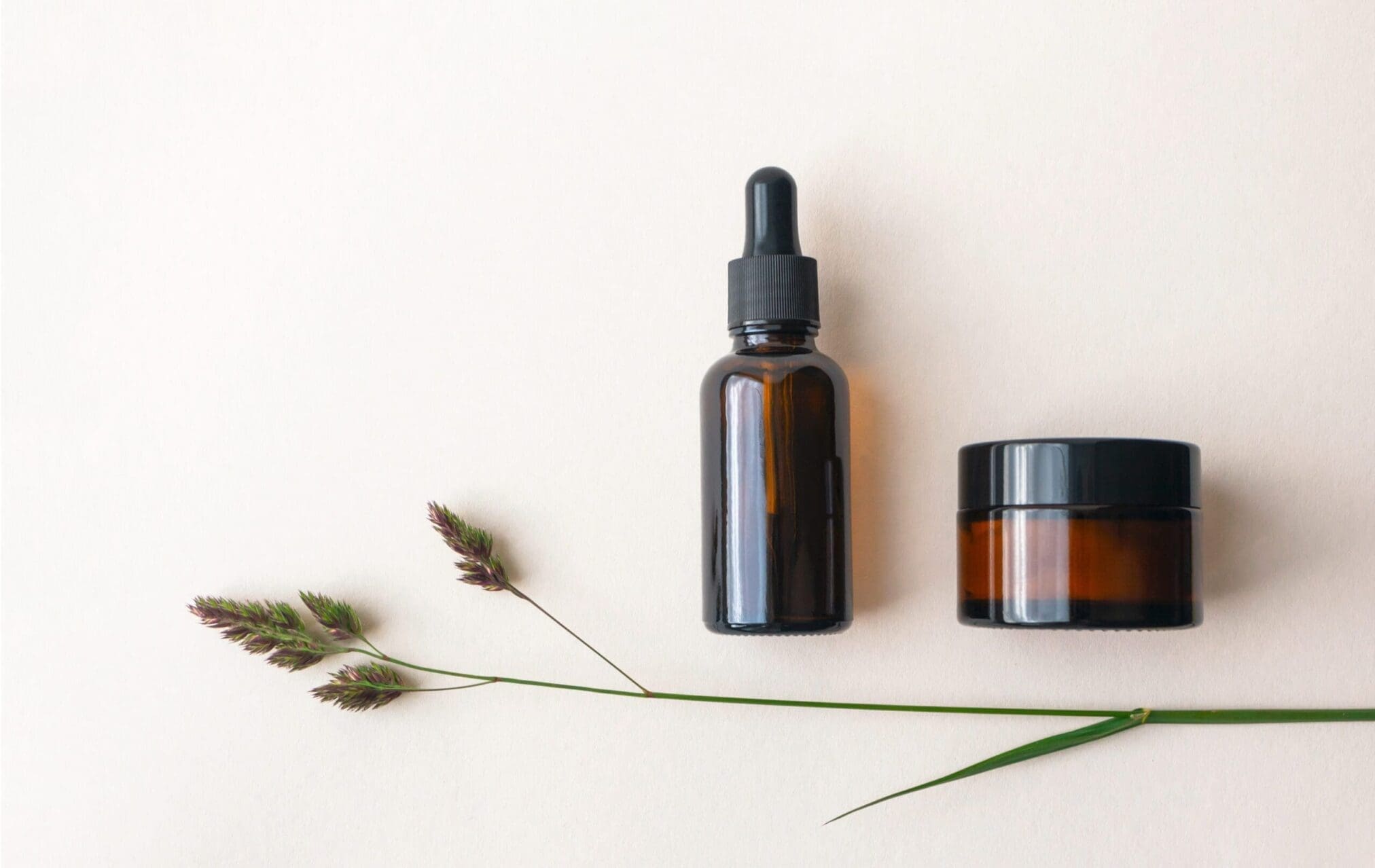Regardless the outcome of the ongoing EU trade negotiations, Brexit will imply certain consequences for economic actors. In particular, because even if a free trade agreement is concluded between the UK and the EU, the above does not provide for internal market concepts (in the area of goods and services) such as mutual recognition, the country of origin principle, and harmonization. Nor does a free trade agreement remove customs formalities and controls, including those concerning the origin of goods, as well as prohibitions and restrictions for imports and exports.
In the light of the foregoing, and to address the consequences of Brexit, the European Commission advises stakeholders to:
- Ensure establishment in the EU, and reflect this in the corresponding labelling;
- Ensure compliance of the safety assessment (qualifications of safety assessor); and
- Take the necessary steps to update the Cosmetic Product Notification Portal (CPNP)
Legal situation applicable as of the end of the transition period
As of the end of the transition period, the EU rules in the field of cosmetic products, in particular Regulation 1223/2009 on cosmetic products, no longer apply to the UK. We will first explain the current situation for the EU, which still includes the UK market, followed by a regime after the transition period.
Do you want to know the consequences?
Responsible Person:
On the basis of article 4 (5) of the Regulation 1223/2009, for cosmetics imported into the EU from a third country, the importer becomes the responsible person (by default) or can designate by written mandate another entity to be the responsible person, established within the EU, who shall accept the mandate in writing (EU RP).
As of the end of the transition period, Responsible Persons for the EU market can no longer be established in the UK. Rather:
- If the cosmetic product is manufactured in the UK, the importer in the EU becomes the Responsible Person (by default), except if there is another entity designated as a Responsible Person;
- The same applies if the cosmetic product is manufactured in another third country, imported into the UK and subsequently imported into the EU.
Notification in the Cosmetic Product Notification Portal:
Pursuant to article 13 (1) of the Regulation 1223/2009, prior to placing a cosmetic product on the EU market, the Responsible Person shall notify a list of information relating to the cosmetic product to the Commission, through the Cosmetic Product Notification Portal (CPNP)[1].
Before the transition period ends, UK-based Responsible Person can transfer an existing CPNP notification to the future EU Responsible Person, based within EU 27. The latter will then be able to edit the notification by adding its own required information, such as its name and address, and the new labelling. As of the end of the transition period:
- A UK- based Responsible Person will no longer have access to the CPNP. Therefore, prior to placing a cosmetic product on the EU market, the new Responsible Person in the EU will have to make product notifications in the CPNP.
Product Information File (PIF):
Article 11 of the Regulation 1223/2009 sets out the obligation for the Responsible Person to keep available the product information file (PIF) for the cosmetic product for a period of ten years.
As of the end of the transition period:
- The PIF has to be made available at the address of the responsible person in the EU 27 and adapted in terms of language requirements of the Member State in question. Not in the UK, therefore.
Labelling:
As per article 19 of the Regulation 1223/2009, the name and address of the Responsible Person shall be indicated on the label of cosmetic products. Besides, the country of origin shall be specified for imported cosmetic products.
As of the end of the transition period:
- Cosmetic products manufactured in the UK and placed on the EU market will be considered as imported into the EU from a third country. Therefore, the country of origin will need to be specified, i.e. “Made in UK’’.
Safety Assessor:
The Responsible Person shall, prior to placing a cosmetic product on the market, ensure a safety assessment has been carried out and that a safety report is drawn up[2] and included in the PIF[3]. Furthermore, the safety report shall be carried out by a person duly qualified by a university of a Member State or recognized as equivalent[4].
As of the end of the transition period:
- Qualifications from the UK which have not been recognized as equivalent by an EU Member State can no longer be relied on.
What about cosmetic products placed on the EU or the UK market before the end of the transition period?
In virtue of article 41 of the Withdrawal Agreement, an existing and individually identifiable good lawfully placed on the market in the EU or the UK before the end of the transition period may circulate between these two markets.
Placing on the market?
Refers to the first supply of a good for distribution, consumption or use on the market in the course of a commercial activity, whether in return of payment or free of charge[5].
Example: A cosmetic product sold before the end of the transition period by a UK-based producer to a UK-based wholesaler and labelled with a Responsible Person established in the UK can still be imported into the EU without the need for re-labelling the cosmetic product[6].
Carlos Francisco Marín Barrios
25/03/2020
Regulatory Affairs Department
Contact our experts at Obelis.net if you want to be fully updated about the Brexit implications.
[1] https://ec.europa.eu/growth/sectors/cosmetics/cpnp_en [2] In accordance with Annex I of Regulation 1223/2009 and Commission Implementing Decision 2013/674 of November 2013. [3] Article 10(1) of Regulation 1223/2009 [4] Ibidem, at article 10(2) [5] Article 40(a) and (b) of the Withdrawal Agreement [6] Notice to Stakeholders – Withdrawal of the UK and EU rules in the field of cosmetic products (13, March 2020) page 5.


